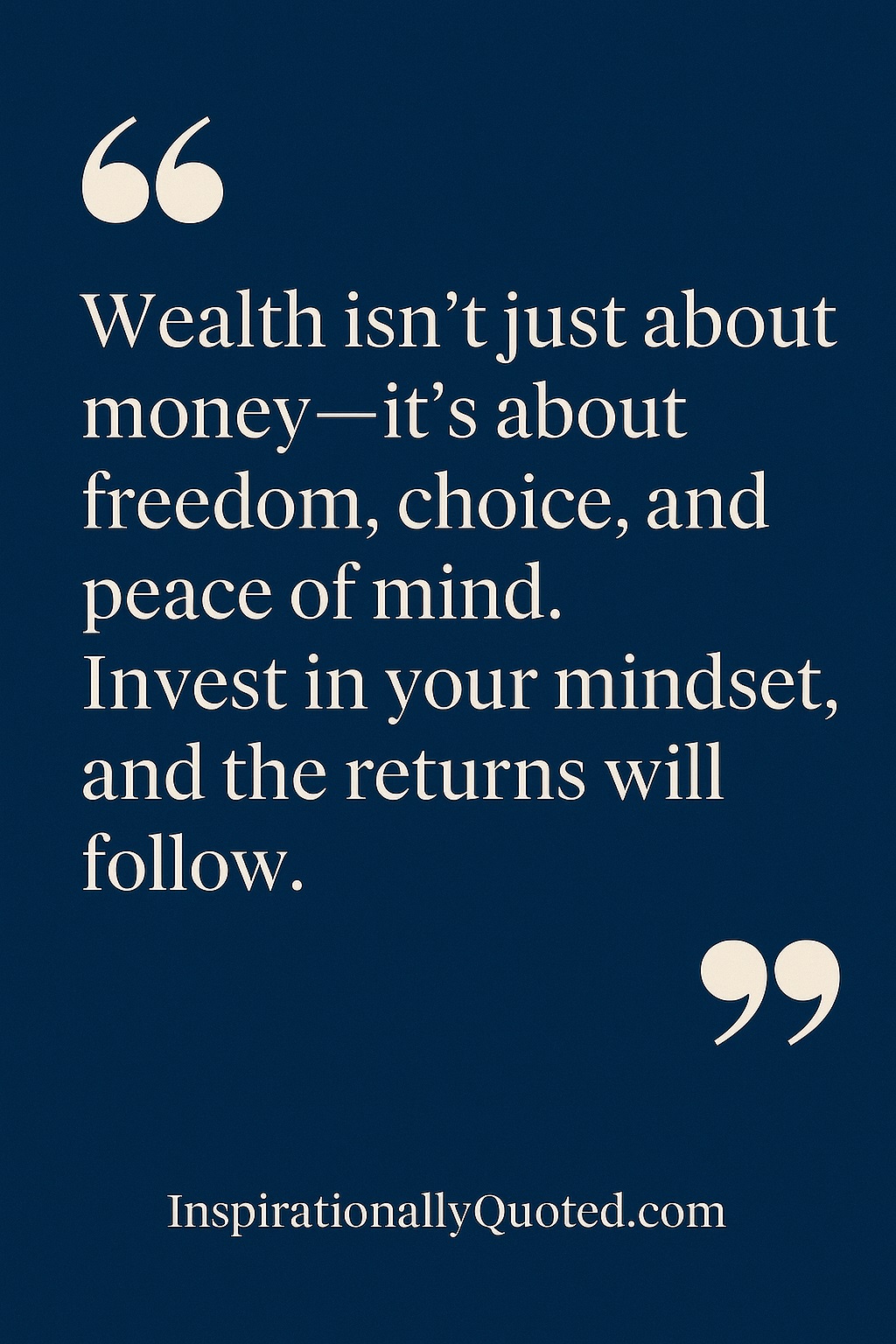Living paycheck to paycheck has quietly become the “new normal” for millions of Americans. Even households earning six figures report financial stress. Inflation, rising housing costs, expensive groceries, and stagnant wages have pushed families into a cycle where money comes in — and money immediately goes out.
But here’s the truth: **you can break the cycle**, even in 2025. You can build stability, control, and financial peace. And it doesn’t require luck. It requires clarity, structure, and small but powerful habits that compound over time.
This guide is designed for real people — the everyday worker, the side hustler, the parent, the person trying to breathe financially. If you’re tired of watching the calendar, waiting for the next paycheck to hit, and constantly worrying about money — this article is for you.
Let’s break the cycle for good.
Why You’re Living Paycheck to Paycheck (It’s Not Your Fault)
People think they’re struggling because they’re “bad with money,” but usually the real reasons are:
* **High cost of living**
* **No savings buffer**
* **Debt payments eating income**
* **Unexpected expenses**
* **Lifestyle inflation**
* **Stagnant wages**
* **Lack of a structured financial system**
* **Emotional spending fueled by stress**
The paycheck-to-paycheck cycle isn’t a character flaw. It’s a system problem — and you can build a new system.
## **Step 1: Get Real About Your Numbers**
To *stop living paycheck to paycheck*, you need clarity.
Write down:
* Your monthly net income
* Your actual recurring expenses
* Debt payments
* Subscriptions
* Spending patterns
Most people guess their numbers. Successful people know their numbers.
Use one of these methods:
* Google Sheets template
* The 50/30/20 budget
* Zero-based budgeting
* Cash-envelope style categories
* A budgeting app (Mint, Copilot, YNAB)
Clarity removes anxiety.
## **Step 2: Build a Livable Budget for the 2025 Economy**
Budgeting isn’t about restriction — it’s about direction.
A good 2025 budget includes:
### **Fixed Costs**
* Rent/mortgage
* Insurance
* Utilities
* Transportation
* Phone
* Internet
### **Variable Costs**
* Groceries
* Gas
* Eating out
* Entertainment
### **Financial Goals**
* Savings
* Emergency fund
* Debt payoff
### **Micro-Buffer**
Add a $50–$150 “unexpected” line to avoid blowing the budget when life hits.
## **Step 3: Cut Costs That Don’t Hurt Your Life**
You don’t need to stop living — but you do need to stop bleeding money.
Here’s where most people overspend:
* Subscriptions you don’t use
* Impulse Amazon orders
* Restaurant meals
* Delivery fees
* Apps, courses, and digital purchases
* Brand-name groceries instead of generics
* High phone plans
* Paying fees (bank, late fees, penalties)
Cutting just $150–300/month gives you breathing room instantly.
## **Step 4: Build a Starter Emergency Fund ($500–$1,000)**
A small emergency fund is the **first real step** to breaking the paycheck cycle.
Why?
Because emergencies force people to use:
✔ credit cards
✔ payday loans
✔ cash advances
✔ high-interest debt
Even $500 between you and life reduces stress massively.
Grow it slowly:
* $5/day
* Round-up savings apps
* Savings buckets
* Side hustle income
* Spare change apps
Small savings matter more than you think.
## **Step 5: Destroy the Debt That’s Stealing Your Paychecks**
Debt is one of the biggest reasons people can’t escape financial stress.
If you can free up even **$150–$300** from debt payments, the paycheck cycle breaks instantly.
Use one of these:
* **Debt avalanche:** pay off highest interest first
* **Debt snowball:** pay off smallest balance first
* **Consolidation:** lower payment + lower interest
* **0% APR balance transfer:** pause interest while paying it down
Make debt a temporary chapter — not a lifestyle.
## **Step 6: Increase Your Income (The Real Breakthrough)**
Cutting costs helps…
…but **EARNING more** is what truly breaks the paycheck-to-paycheck trap.
### **Ways to increase income in 2025**
* Ask for a raise
* Switch jobs
* Work overtime
* Sell unused items
* Start a micro-side-hustle
* Freelance on weekends
* Drive or deliver part-time
* Start a $20–$50/hr digital skill (editing, writing, social media)
Even an extra **$300/month** can transform your financial life.
## **Step 7: Automate Your Money**
Automation removes human error.
* Auto-pay bills
* Auto-transfer savings
* Auto-transfer debt payments
* Auto-move paycheck into buckets
When money moves automatically, the paycheck stress drops dramatically.
## **Step 8: Build a 3–6 Month Emergency Fund (Long Term)**
Once you escape survival mode, build real financial insulation.
This is where peace of mind starts to become permanent.
Keep this in:
* High-yield savings account
* Separate bank from checking
* “Don’t touch” account
## **Step 9: Start Investing Small (Even $25/Week)**
Once you stop living paycheck to paycheck, you will have room to grow wealth.
Begin small:
* S&P 500 index funds
* Fractional shares
* Roth IRA
* 401(k) matching
* Automatic weekly investing
Wealth is built through consistency, not perfection.
## **Step 10: Adopt a Financial Identity That Matches Your Goals**
If you want to stop living paycheck to paycheck, you have to think like someone who refuses to stay stuck.
Identity shift:
“I’m someone who manages money well.”
“I don’t let stress choose for me.”
“I create financial space and peace.”
“I build wealth slowly and consistently.”
Your habits will follow your identity.
## **Final Thoughts**
Your paycheck shouldn’t control your life.
Your bills shouldn’t determine your peace.
Your bank balance shouldn’t define your future.
You deserve stability.
You deserve margin.
You deserve the ability to breathe financially.
This is your year to break the cycle — permanently.



